Nine months after Donald Trump took office, promising to reduce prices on “day one”, a clear majority of Americans say their monthly costs have risen by between $100 and $749, according to an exclusive new poll conducted for the Guardian.
The president has continued to insist that there is “virtually no inflation”. “Prices are ‘WAY DOWN’ in the USA,” Trump wrote on social media in late August.
Yet according to a new Harris poll, Americans are still reporting soaring inflation and are increasingly pessimistic about the economy.
When asked to estimate how much their regular monthly household costs have increased from last year, 74% of those surveyed said they had seen increases of at least $100, according to the poll.
The increases were reported across the political spectrum, with both Democrats and Republicans, along with independents, reporting price hikes.
Trump’s re-election victory came as voters soured on Joe Biden’s economic policies and the legacy of Covid-era inflation. “Starting on day one, we will end inflation and make America affordable again,” Trump said in a rally in August 2024.
The inflation rate has declined from an annual rate of 3% in January, when Trump took office, to 2.9% annually in August (the last figures published). It has fallen substantially from its peak of over 9% in 2022 but remains uncomfortably ahead of the Federal Reserve’s target of 2%.
The poll’s findings echo those of the Yale Budget Lab, whose economists have calculated that households will see an average increase of $2,300 in costs a year due to Trump’s tariffs – an average of $191 per month. That research calculates overall price level increases and the effect the increases will have on average household income figures.
Many believe the 2024 presidential election was a referendum on Biden’s economy. Inflation soared in the years after the pandemic while wages struggled to keep up, leaving many Americans feeling like their paychecks were losing power. While the Democratic presidential candidate, Kamala Harris, fought to present a new economic vision focused on costs, for many voters it was too late.
But with just over a year until the midterm elections, Trump’s economy isn’t looking much brighter. A slight majority (54%) of Americans said they believed the economy was in a recession, five percentage points more than Harris’s Guardian poll last September. The majority of Americans (53%) also think the economy is getting worse, compared with 48% who said the same last year.
Inflation was rated as the biggest risk to the US economy when those polled were asked to pick one issue from a list of threats, including immigration, US democracy and tariffs. Inflation was the top risk for Republicans (31%) and independents (33%), and it was the second biggest risk for Democrats (29%), behind tariffs.
But the parties diverge over where they see the cracks. Immigration was the second biggest risk for Republicans, with 20% saying it was the biggest risk to the economy, compared with just 8% of Democrats and independents. Meanwhile, tariffs were a big risk for many Democrats (31%) and independents (24%).
When asked about the driving force behind price increases, Republicans were far more likely (45%) to say they were standard yearly changes due to inflation, compared with 22% of Democrats and 27% of independents. Meanwhile, 55% of Democrats and 55% of independents said they thought price increases were driven by current economic policies set out by the government. About the same percentage of people across the political spectrum, slightly over 20%, said the changes were caused by businesses overcharging customers to boost profits.
after newsletter promotion
While Republicans seem far less likely to blame tariffs, and thus the Trump administration, on the price increases than Democrats, independents seemed just as willing as Democrats to point to tariffs as an issue.
This is a considerable flip from last year. Last September, when Biden was still president, independents were more aligned with Republicans on pessimism around the economy. The pessimism probably lent itself to votes for Trump: though independents were split between Trump and Biden in 2024, the group had favored Biden by 9% in the 2020 election, according to the Pew Research Center.
But while dissatisfaction over the economy was a boon for Republicans last election, it may not translate to an easy pathway to the midterms for Democrats.
The poll showed that the pessimism about the economy among independents, though shared with Democrats, doesn’t necessarily translate to support for the party.
-
Among all those polled, optimism for the Democratic party (25%) has dropped since last September (37%), while pessimism (39%) has increased.
-
Pessimism is slightly higher for Republicans (41%) compared with last year, while optimism for the Republican party has stayed the same since last year, just over 30%.
-
Boosts to Republican optimism come from within the party: among Republicans, 60% said they were optimistic for their party, compared with 42% of Democrats who said the same about their own party.
-
Pessimism among independents is higher for the Republican party this year (43%) compared with last year (33%), though it’s now about the same as those also pessimistic about the Democratic party (41%).
But despite the decline in support for Democrats, economic policies coming from Democrats’ policies, including a federal ban on price gouging for food and grocery prices, expanding the child tax credit, and increasing tax rates on long-term capital gains for millionaires, are still popular among voters, and are far more popular than policies that Trump ran on and has implemented. The support for Democratic policies mirrors results that were seen last September.
The ban on price gouging, which was proposed by Harris’s campaign, was still the most popular policy, with 45% of Americans saying it would strengthen the economy. Trump’s top policy, with 43% support, was eliminating taxes on social security – something his administration has yet to act on.
Despite being the core of Trump’s economic agenda, mass deportation of migrants (24%), tax cuts (22%) and tariffs on foreign goods (22%) were some of the least popular policies.
This survey was conducted online within the US by the Harris Poll from 11 to 13 September 2025, among a nationally representative sample of 2,093 US adults.

 German (DE)
German (DE)  English (US)
English (US)  Spanish (ES)
Spanish (ES)  French (FR)
French (FR)  Hindi (IN)
Hindi (IN)  Italian (IT)
Italian (IT)  Russian (RU)
Russian (RU)  4 hours ago
4 hours ago






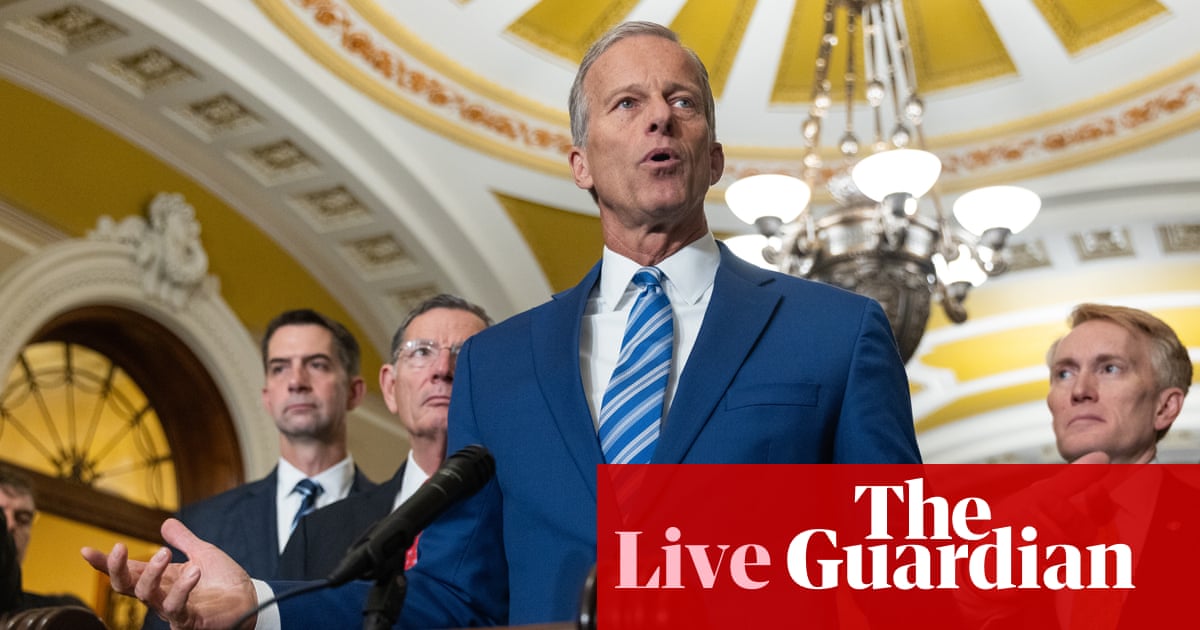
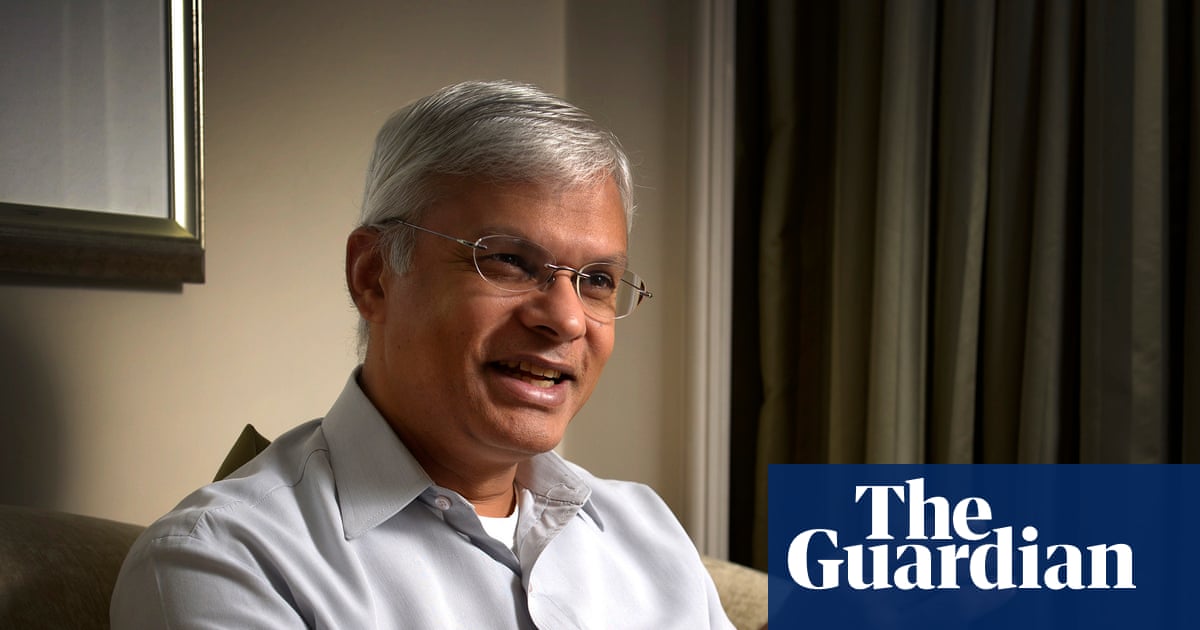



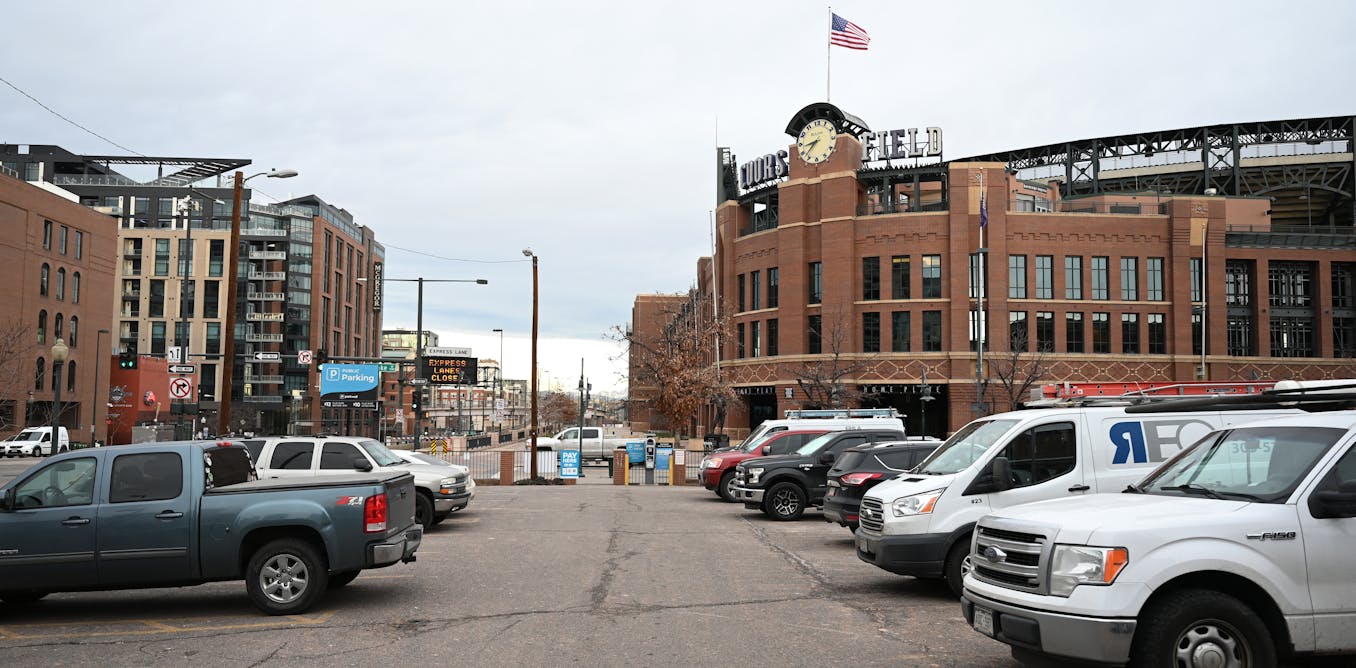


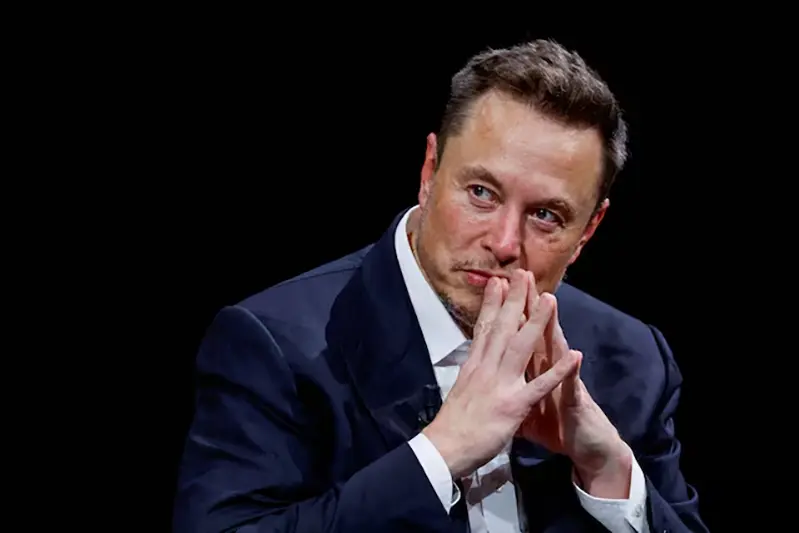







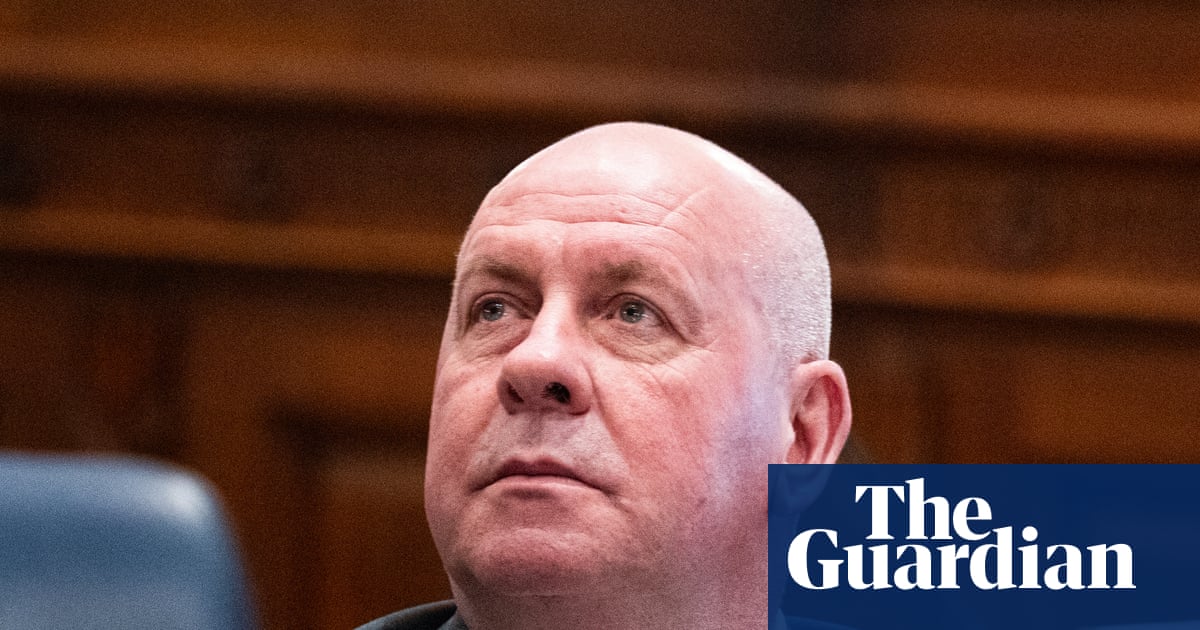

Comments